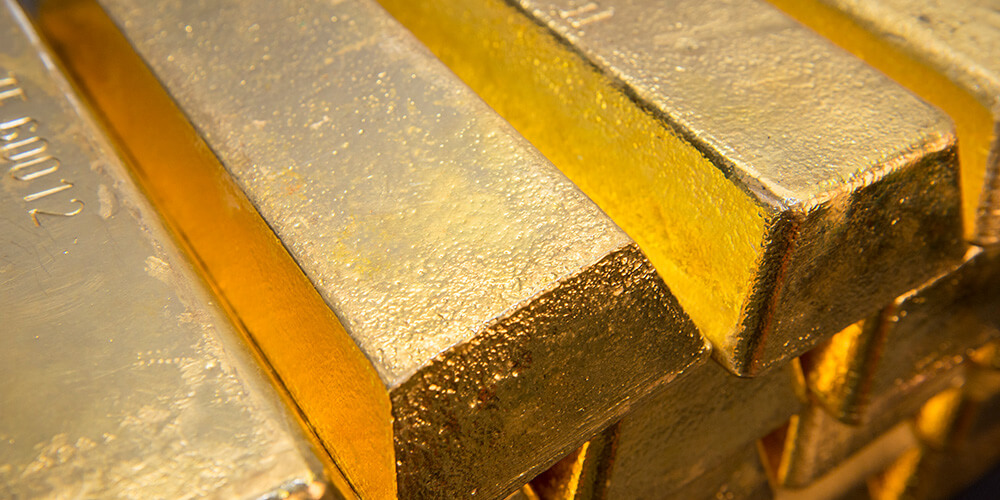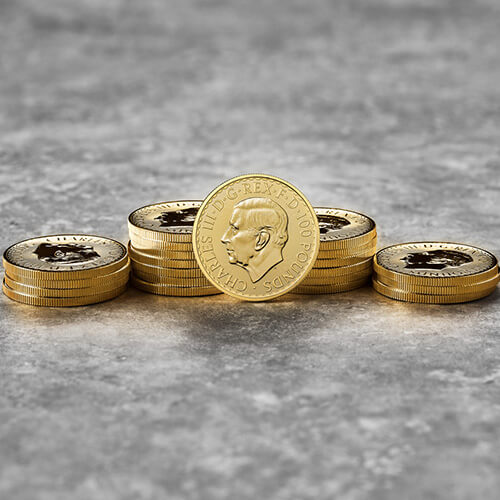The contents of this article, accurate at the time of publishing, is for general information purposes only, and does not constitute investment, legal, tax, pensions or any other advice. Before making any investment or financial decision, you may wish to seek advice from your financial, legal, tax, pensions and/or accounting advisers.

Last week marked another surprise in the UK inflation story. The closely watched core consumer price inflation (CPI) measure came in markedly higher than expected, suggesting there may be some ‘stickiness’ to price moves. Core inflation, which excludes volatile price items such as energy, food, alcohol and tobacco, registered a 6.8% annual rise for April. This was the highest reading since 1992. The Bank of England noted that core inflation suggests more structural drivers may be at play, and that the committee was paying close attention to “indicators of inflation persistence, including labour market tightness and wage growth, and services price inflation.”
The US Federal Reserve released its committee’s minutes on Wednesday last week, which pointed to a divergent opinion between policymakers over the need for additional US rate increases. The dollar paused its month-long gains on the back of the release. However, a similar inflation story began to develop in the United States later in the week, when the US Core Personal Consumption Expenditure (PCE) price index rose 4.7% on an annual basis for April; 0.5 percentage points higher than the market had anticipated. The US labour market data for April also points to good growth in employment and a greater rise in vacancies than expected. All eyes will now be on next week’s US jobs data to see whether the labour market strength continues, as this will help provide a clearer guide on whether the Fed will look to raise rates further.
A risk-off sentiment in capital markets has increased investment flows to the dollar, and surprise inflation numbers have only served to increase the market’s expectation of further rate rises, and increase demand for the global reserve currency. To recap, there is a widely observed inverse relationship between the US dollar and the gold price, and dollar strength therefore restrains advances in the yellow metal.
US debt ceiling negotiations came to a head early Thursday morning, as the House of representatives voted overwhelmingly in favour of extending the US economy’s ‘borrowing facility’, thus avoiding the potentially catastrophic risk of a US debt default. This vote will now be now passed to the Senate to be ratified into law. The news allowed calm to set into equity markets on Thursday, after a volatile few weeks, and the dollar has begun to weaken slightly as money flows back into equities. The gold price appears to now be supported around current levels; both in sterling and US dollar terms. Much will depend on the developing situation on the expectations for US interest rates, and thus, the dollar.
With the German economy moving into technical recession in the first quarter, there is renewed conversation around the health of other G20 economies. If inflation continues to surprise forecasters, and remains stubbornly higher for longer, then interest rates will need to follow suit. This may then have the unintended consequence of tipping the US, UK and Europe into recession in the near term. Lead indicators of economic activity, such as purchasing managers indices, will be closely followed by policymakers to judge how interest rate policy is reflecting on the real economy.

I recently wrote a piece on a potential ‘low growth, high inflation’ economic environment and it’s worth highlighting that historically, this is an environment which gold has been proven to thrive in, performing its role as preserver of wealth and purchasing power. Pensions can offer tax-exempt growth in assets and can serve as a vehicle for long term investment decision making. Gold is seen as a diversifier when compared to traditional assets, equities and bonds, and is widely considered a ‘safe-haven’ asset owing to its performance in times of economic turbulence.
Our Gold for Pensions offering facilitates the purchase of bullion bars and DigiGold within SIPP and SSAS pensions. To find out more about adding gold to your well-diversified pension portfolio, call our Customer Services team on 0800 032 2152 and ask for one of our account management team to phone back at a time that suits you. Alternatively, please email pmsales@royalmint.com.




